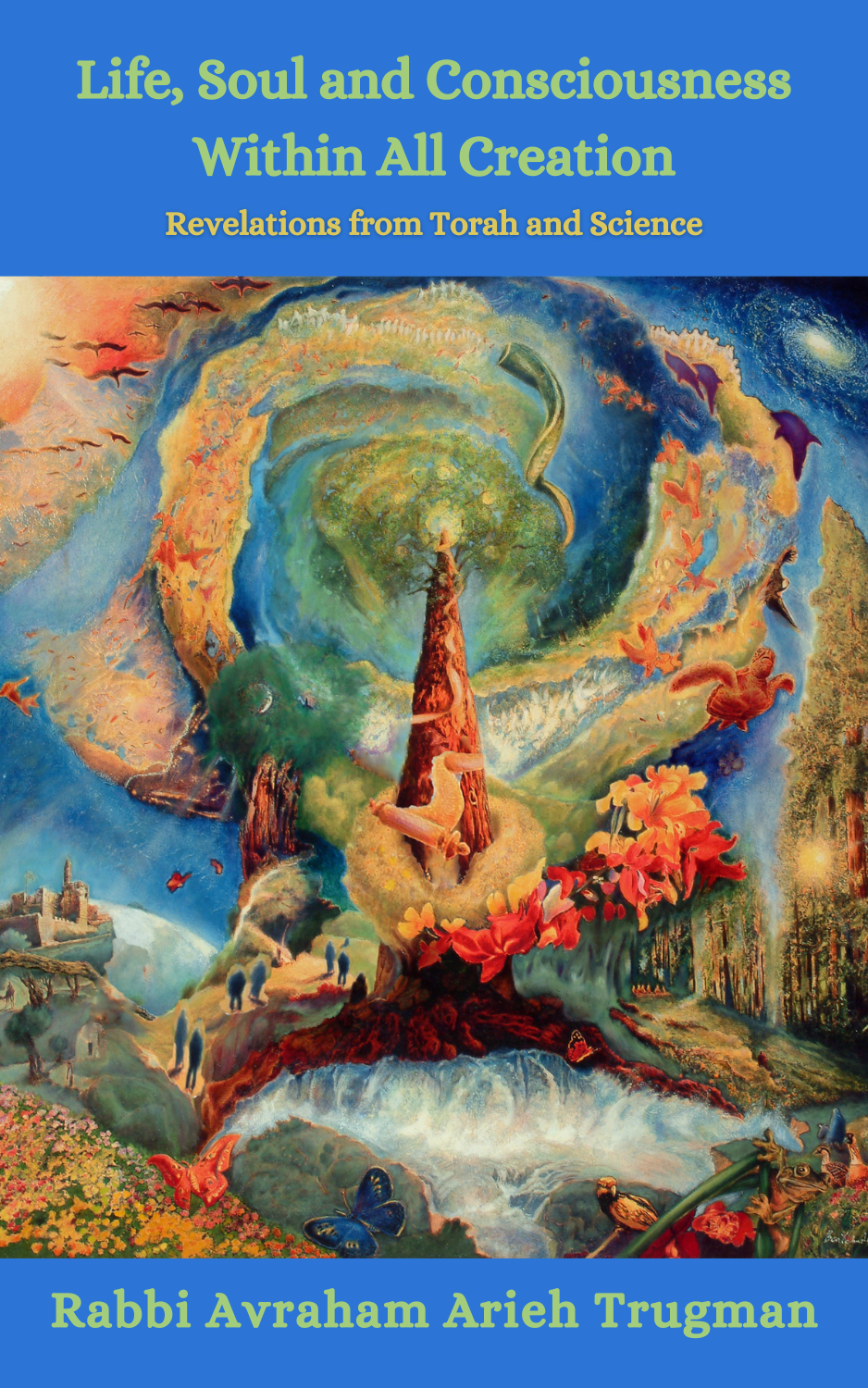“With this shall Aaron come into the Sanctuary: with a young bullock for a sin offering, and a ram for a burnt offering” (Leviticus 16:3). The phrase “with this” (bezot) is written in the feminine form even though it clearly refers to the bullock and the ram mentioned later in the verse, which are both masculine. So even on a peshat level, this verse requires explanation. Tradition has suggested that the feminine form is used to allude to the fact that the High Priest had to be married in order to perform the Yom Kippur service (“with this” alludes to marriage). Unlike many other religions and cultures that deem celibacy necessary for a holy life, Judaism requires its holiest man to be married. This speaks volumes about the Jewish view of holiness and how it is to be obtained: by engaging the world, not by fleeing from it. Although Judaism does mandate certain separations between the sexes and even between husband and wife within marriage, this in no way detracts from Judaism’s fundamental imperative to engage life on its own physical terms.
Indeed, as mentioned briefly above, one of Nadav and Avihu’s fundamental errors was their philosophy concerning marriage. While Judaism recognizes that sometimes people remain single because they have yet to find their soul mates, a philosophy of life that rejects marriage is fundamentally antagonistic to Judaism. Nadav and Avihu chose just such a path because they felt that their involvement in such mundane pursuits would compromise their commitment to Torah and a life of holiness. The Torah not surprisingly alludes to this prerequisite of marriage just two verses after mentioning Nadav and Avihu’s deaths.
Rashi notes that the phrase “bezot” has the numerical value of 410, the number of years the First Temple stood in Jerusalem. The number 410 is also the numerical value of the Hebrew word for “holy” (kadosh). This multiple remez alludes to a web of holiness stretching from the Temple to the bonds of marriage and, in a broader sense, to the very make up of the world; for by engaging the physical world on its own terms and elevating the sparks of holiness trapped in the shattered vessels, we redeem creation.







